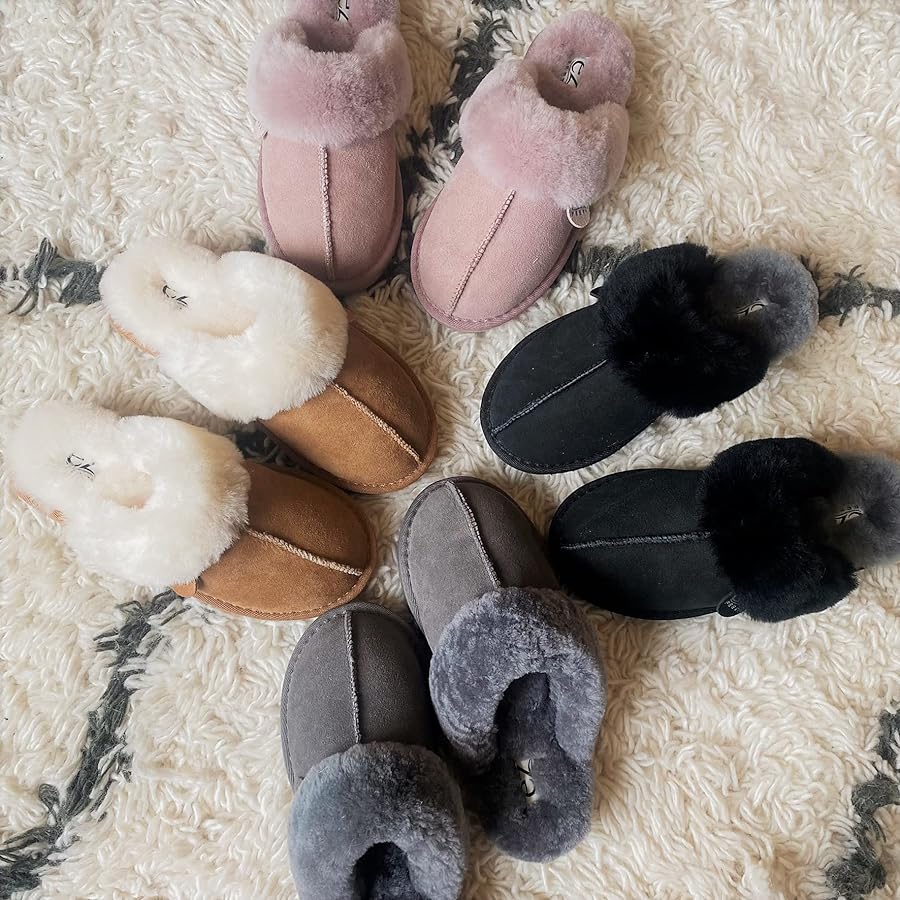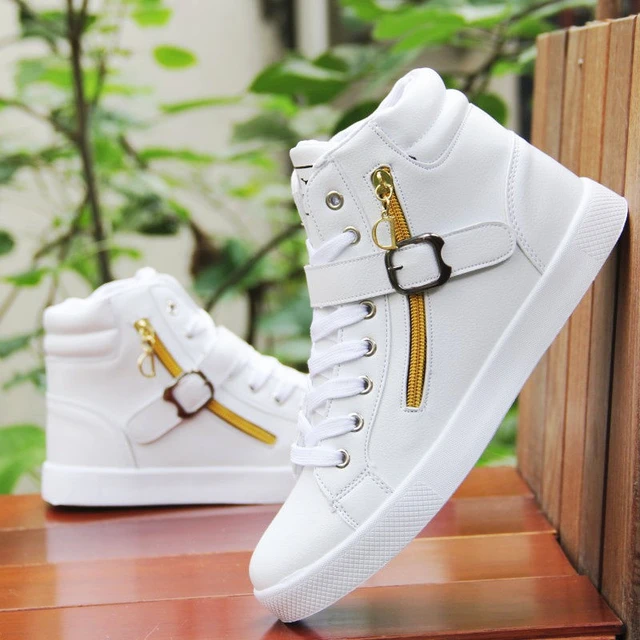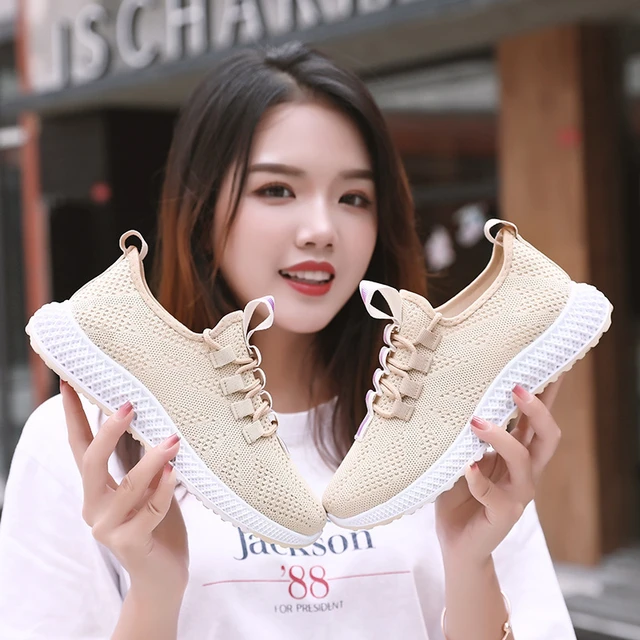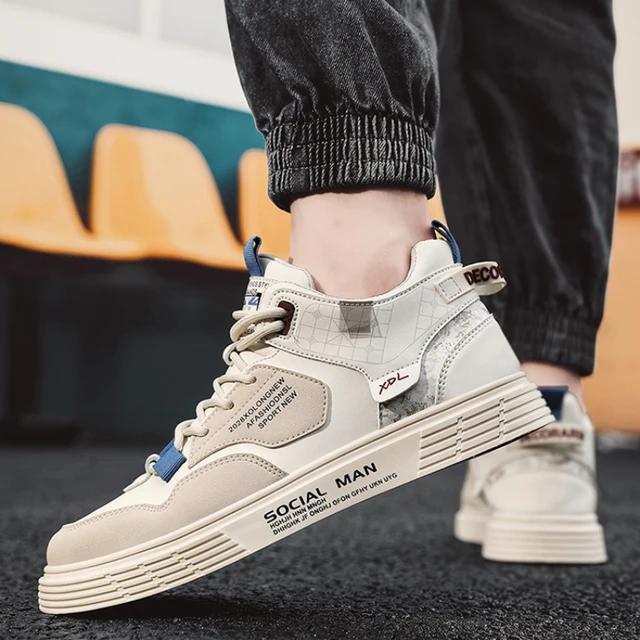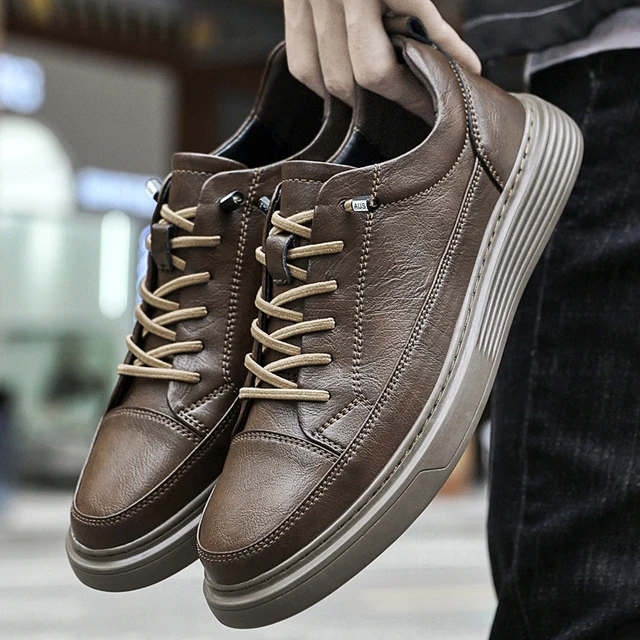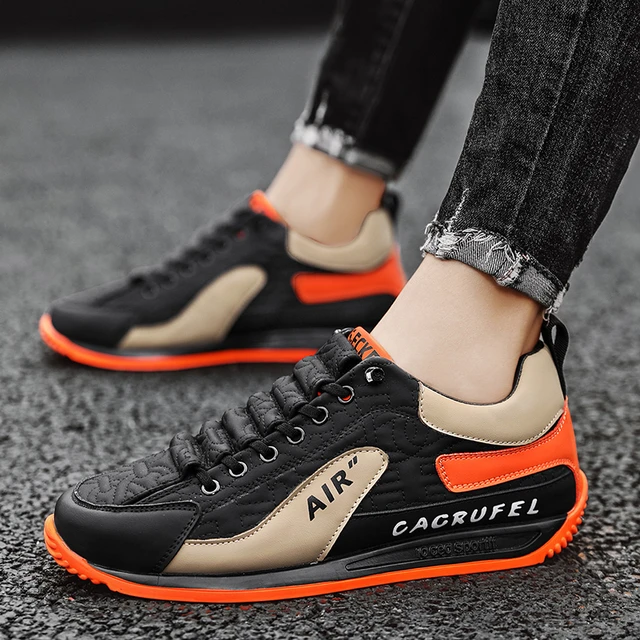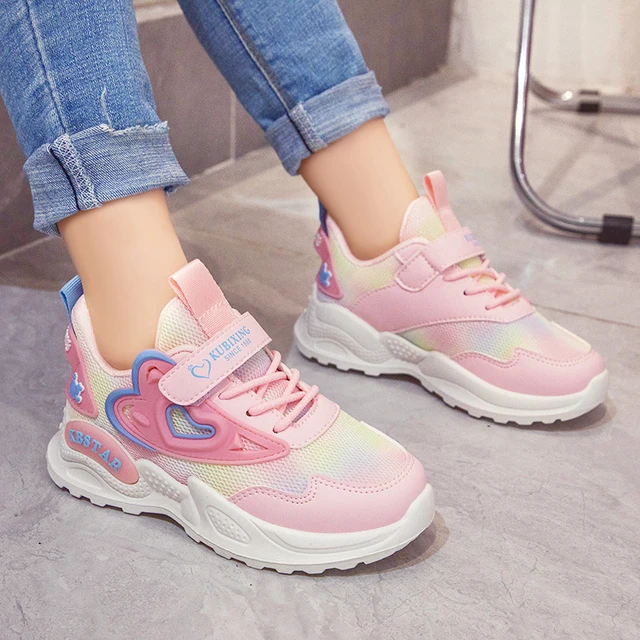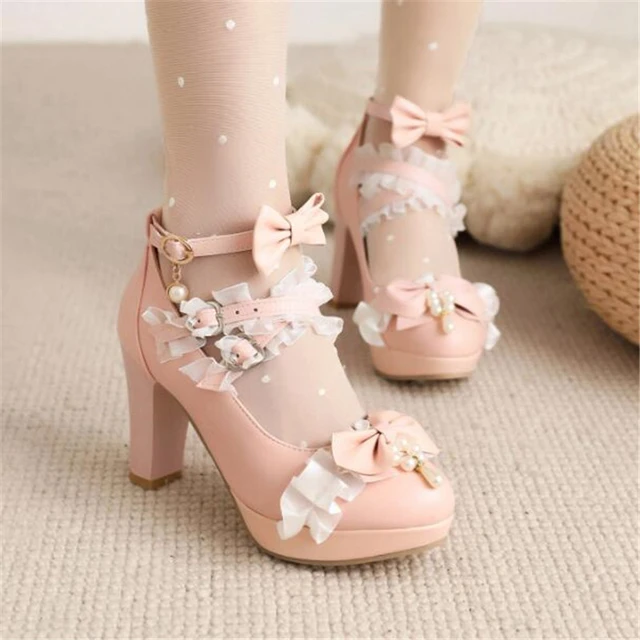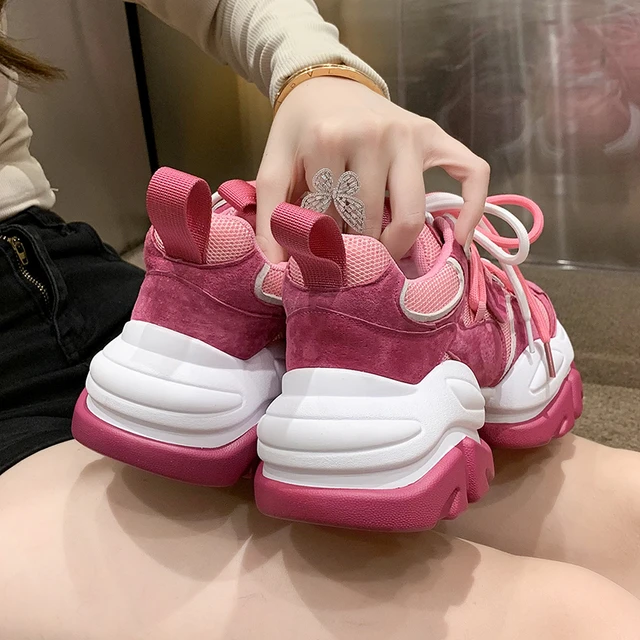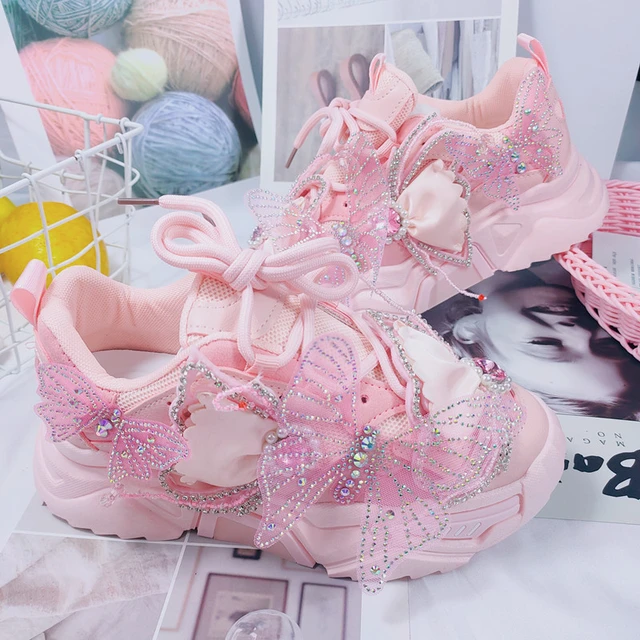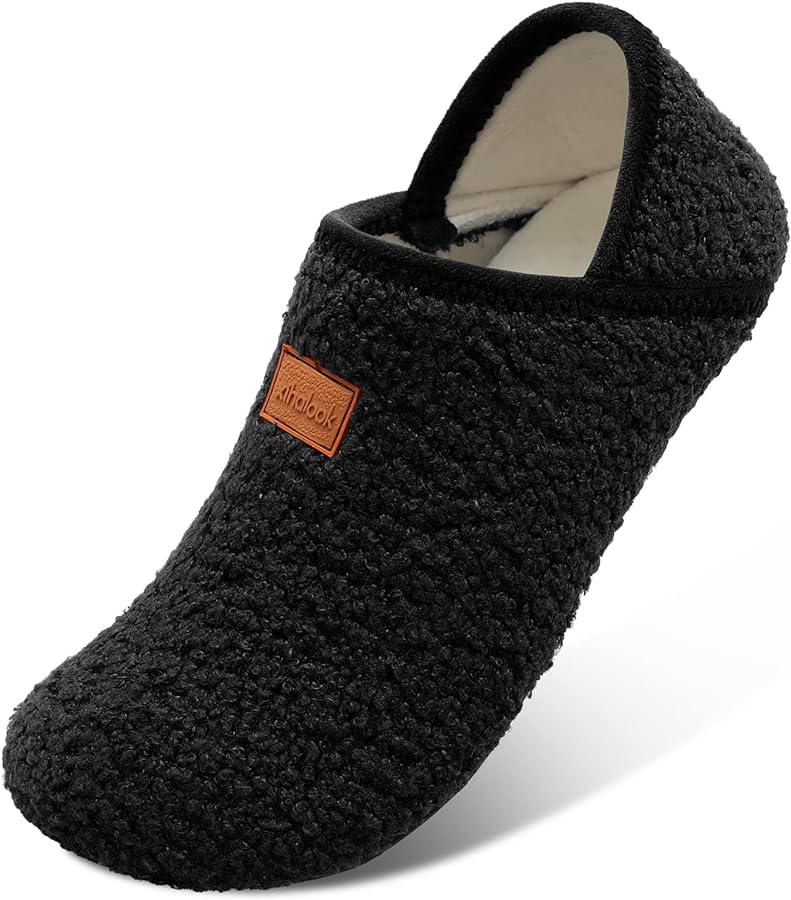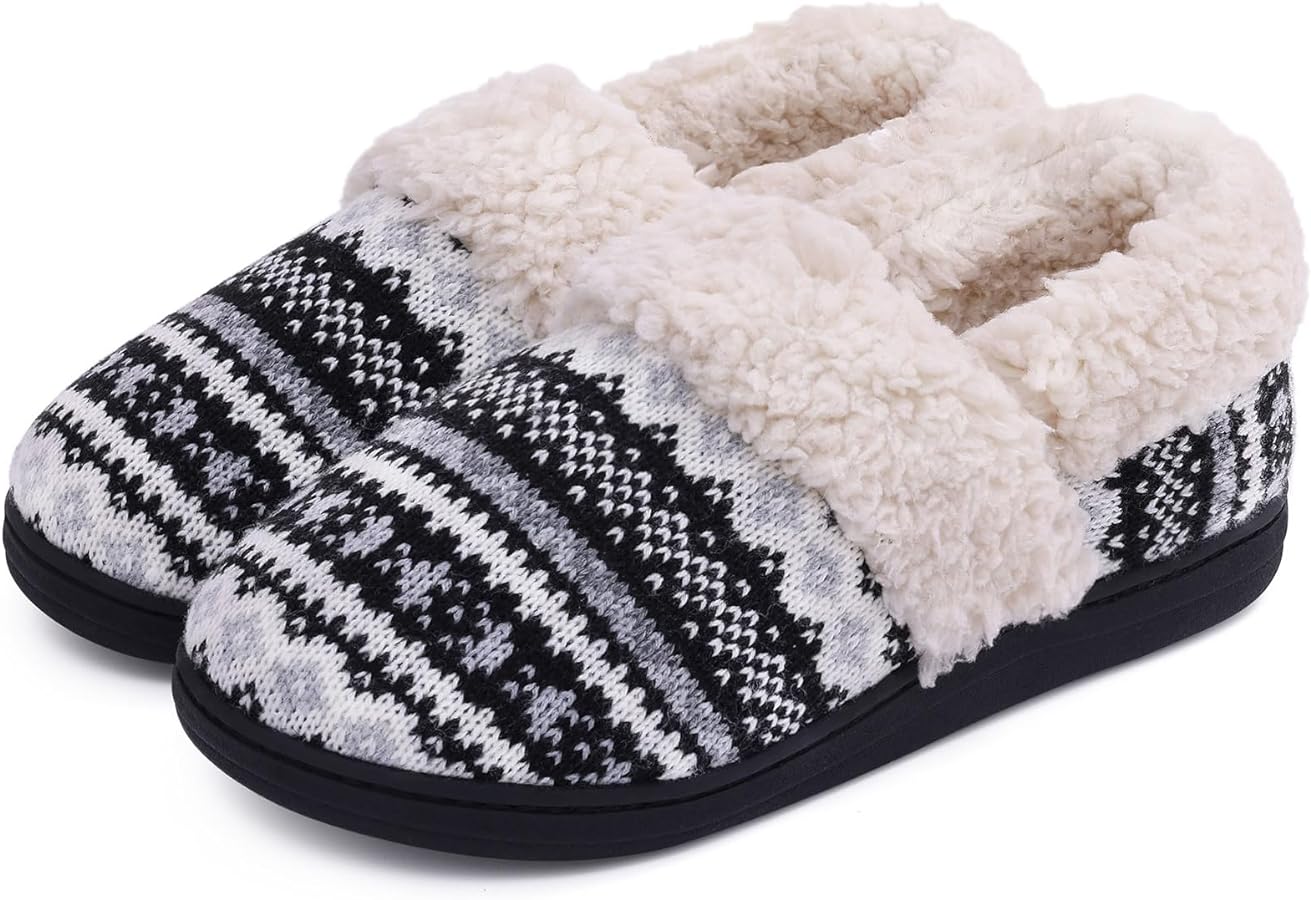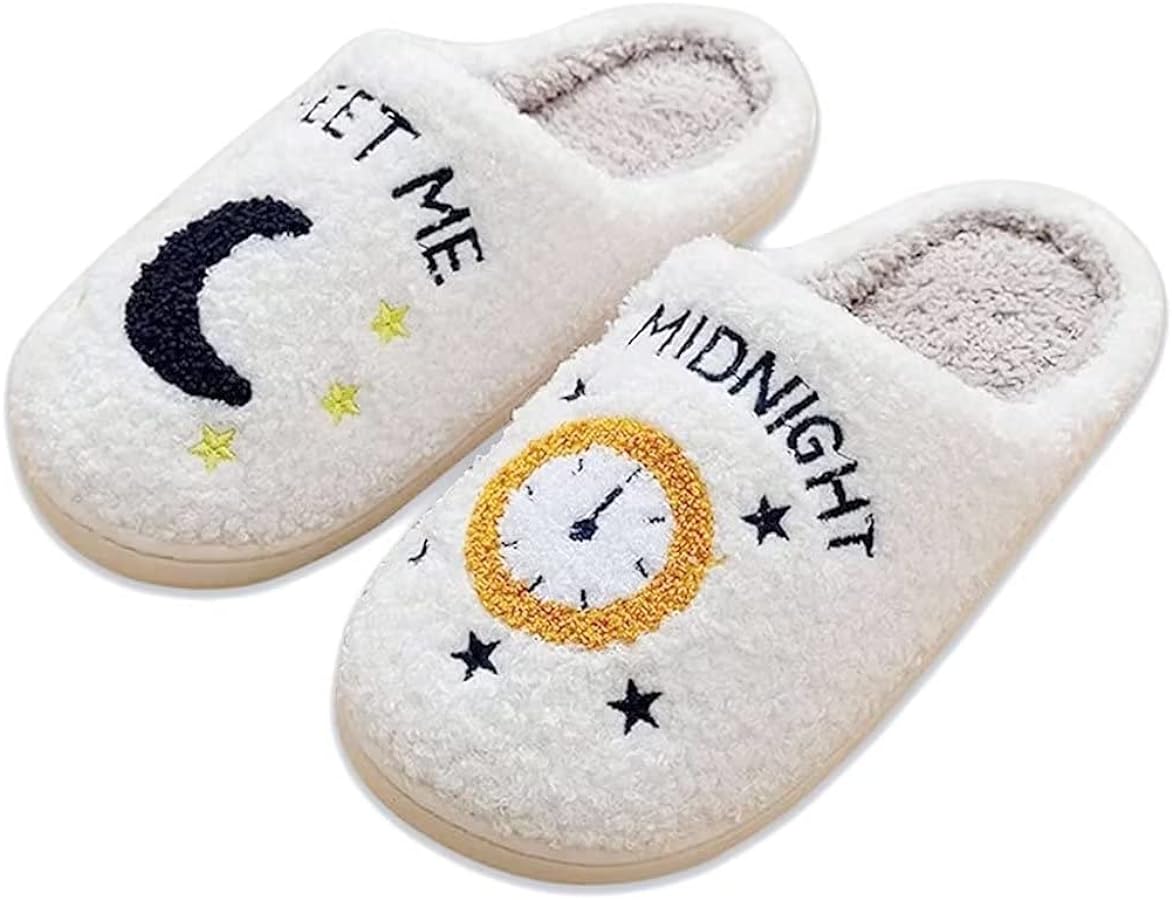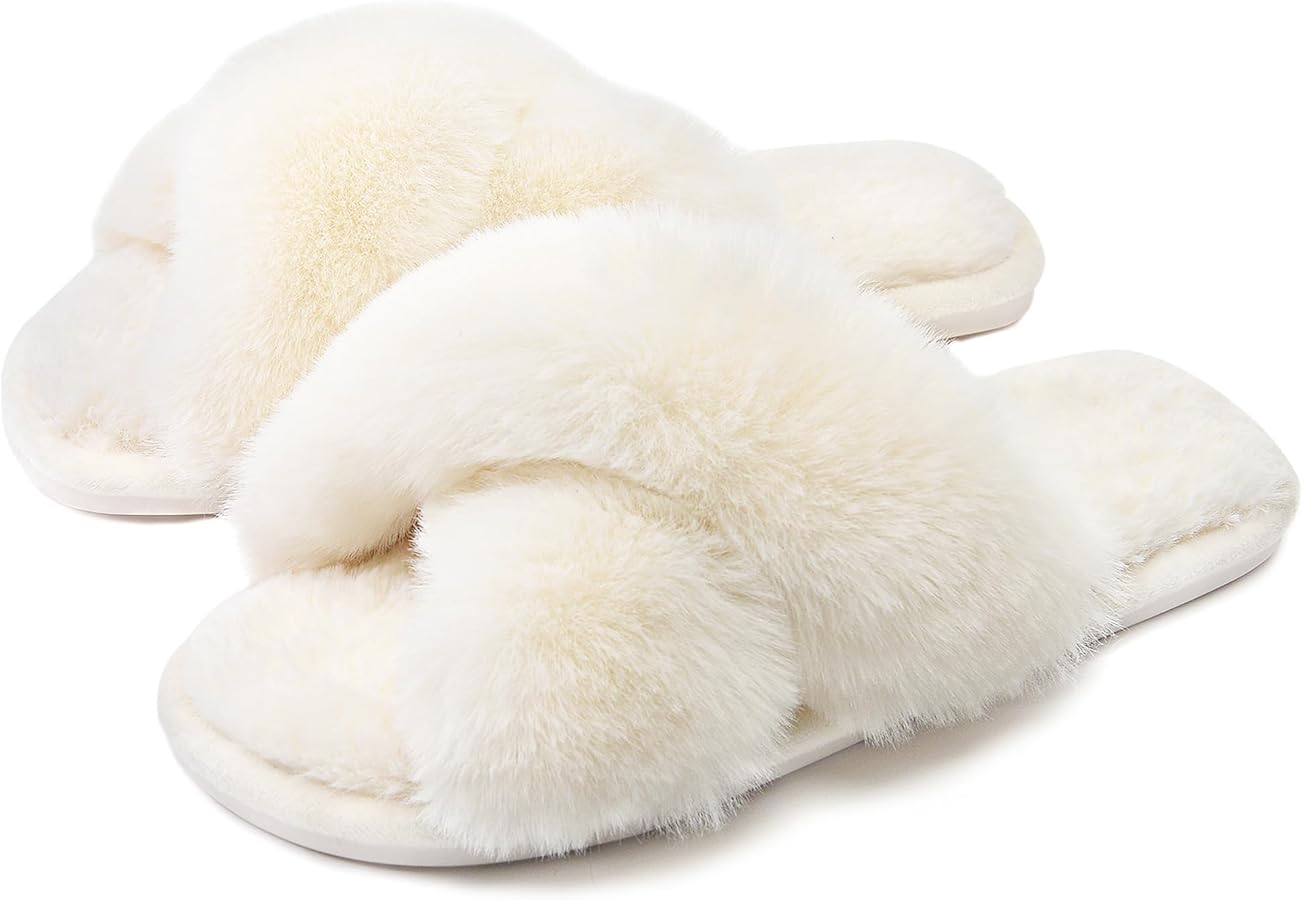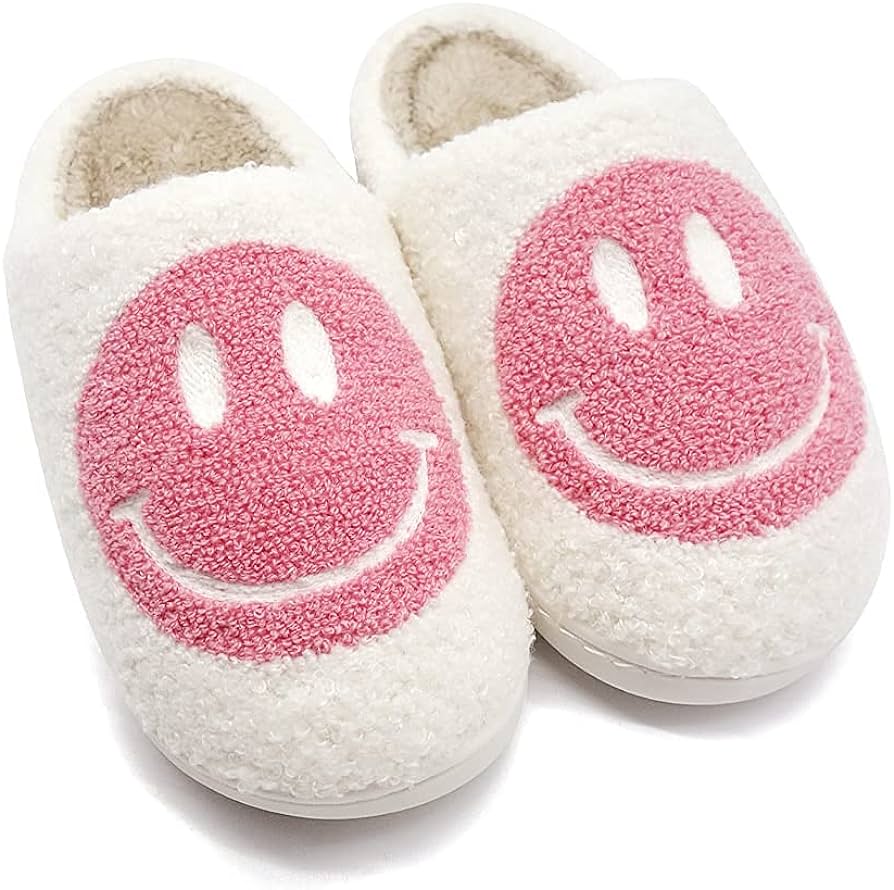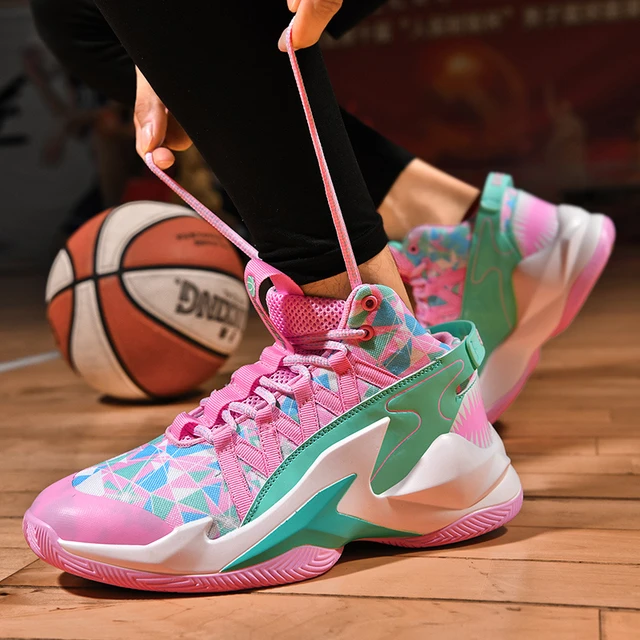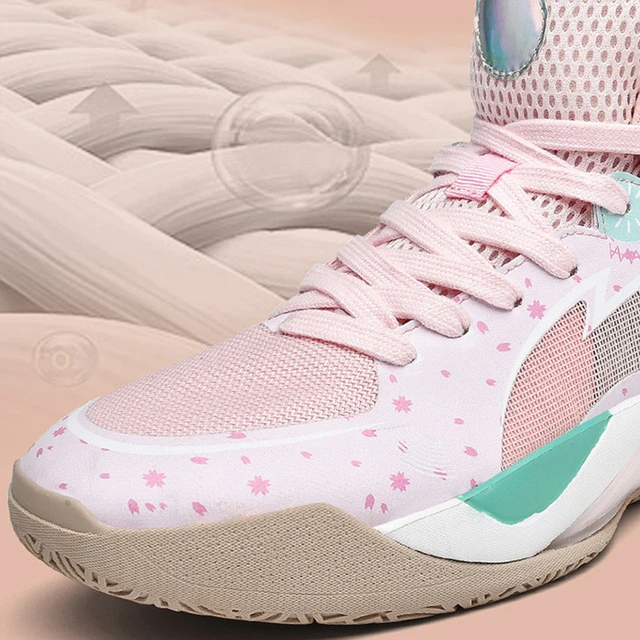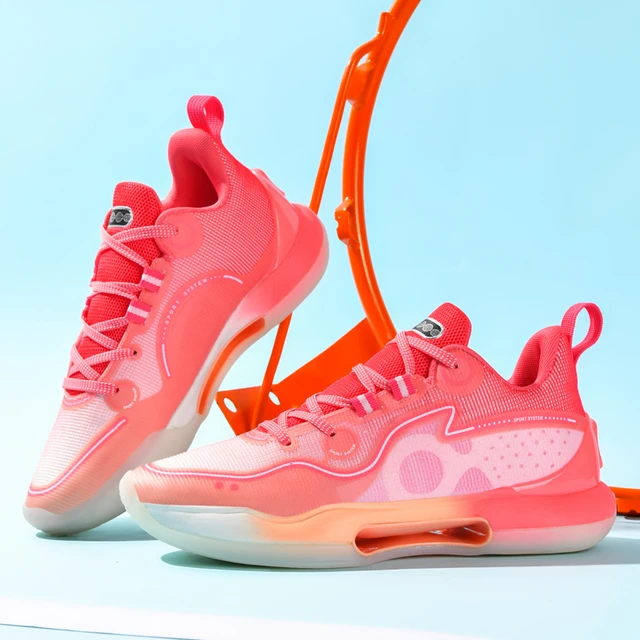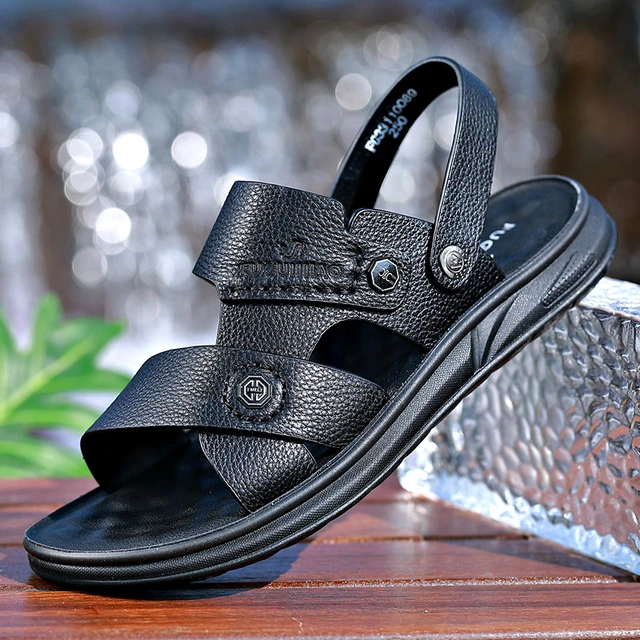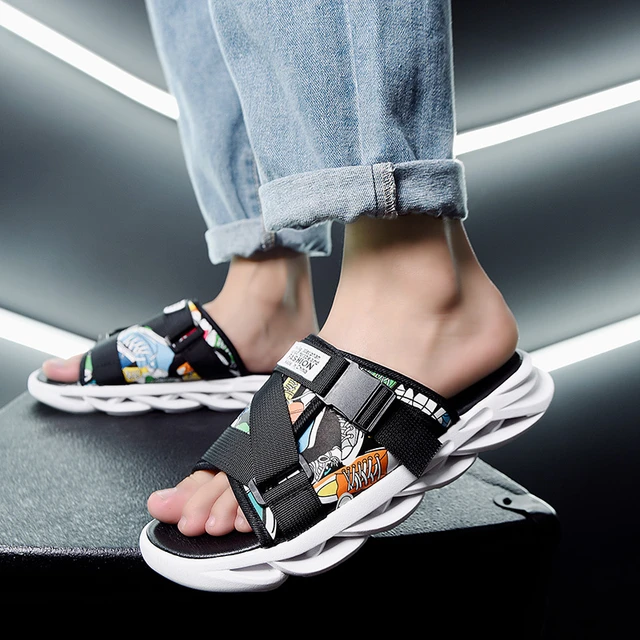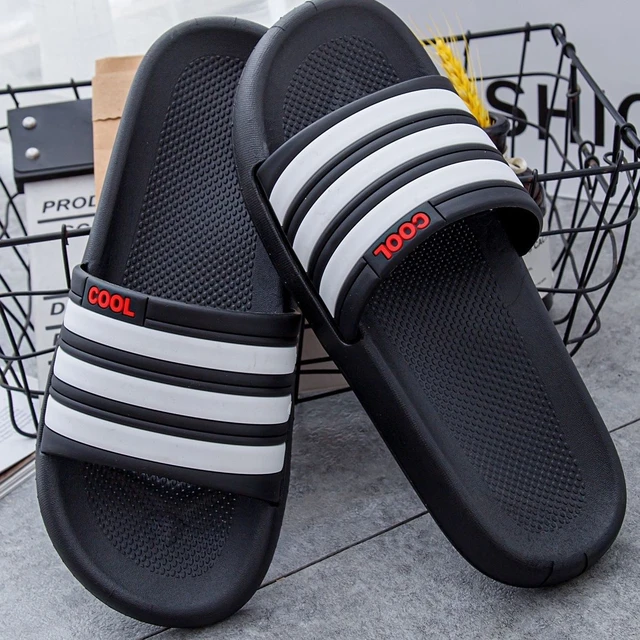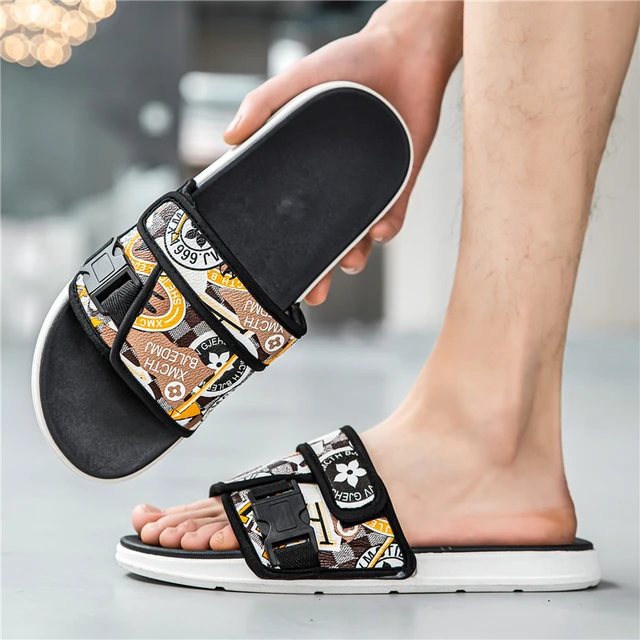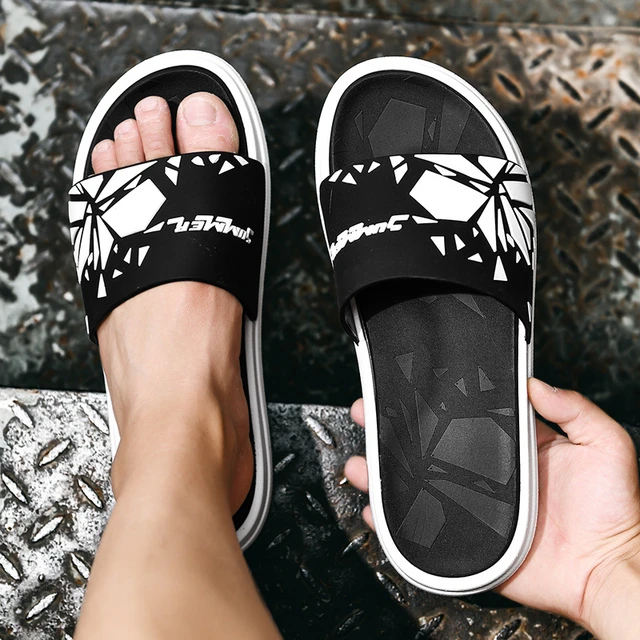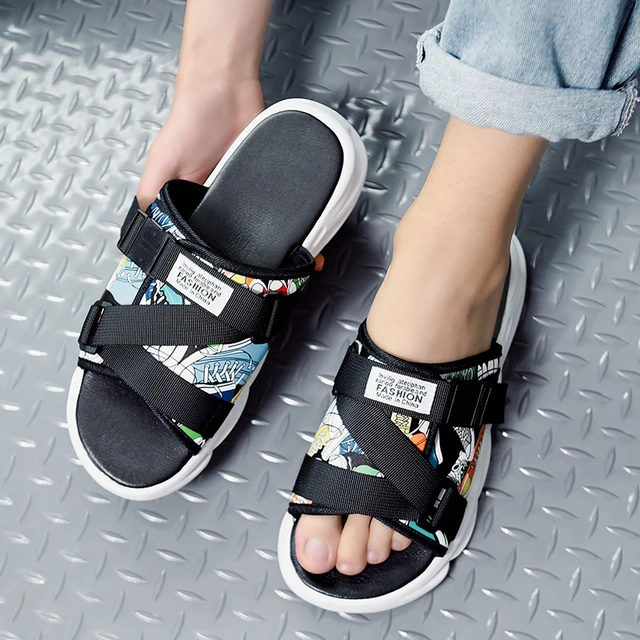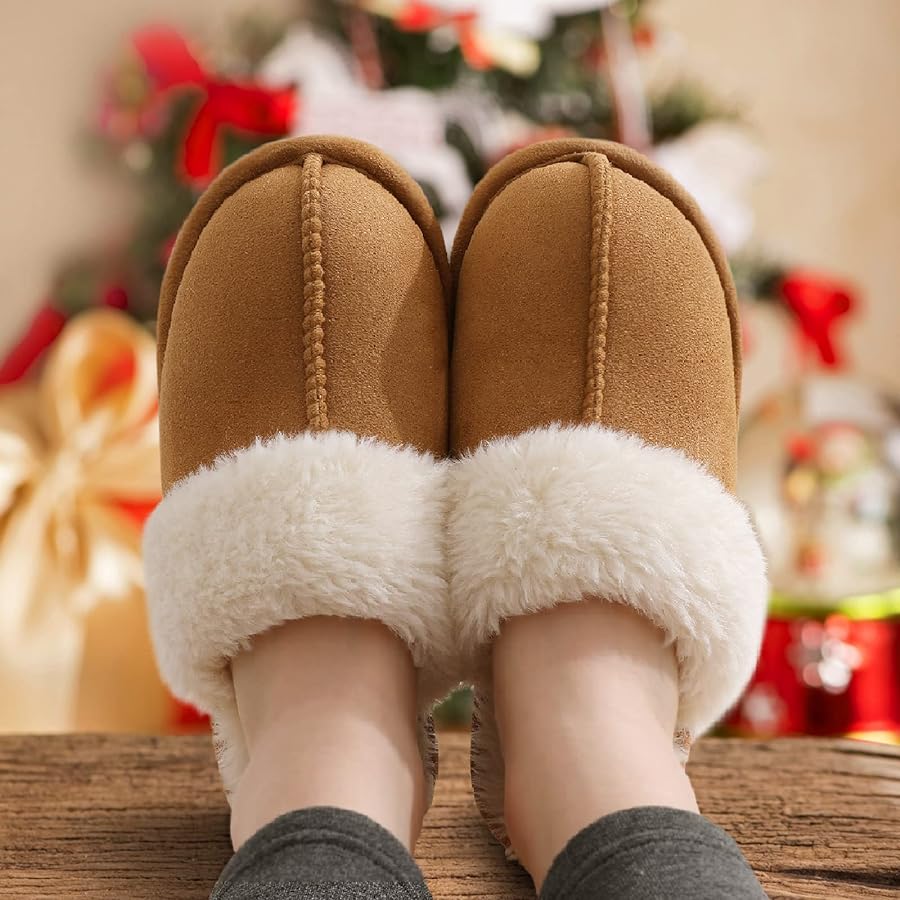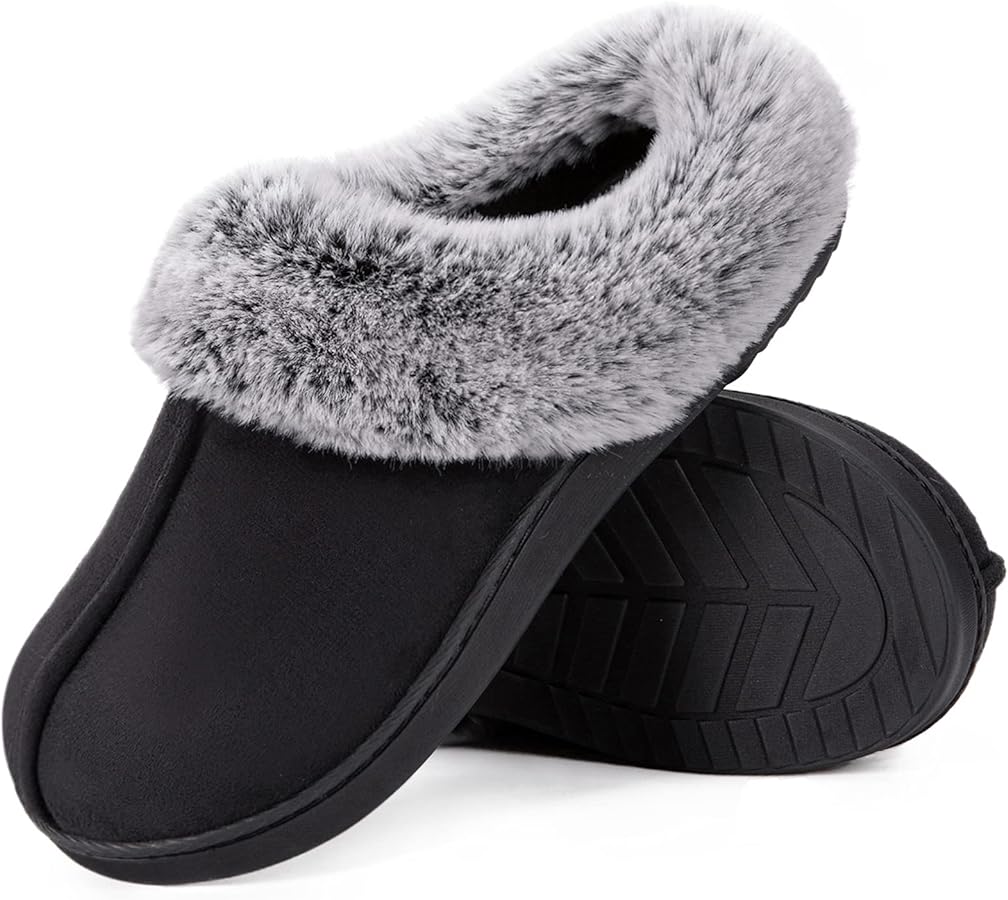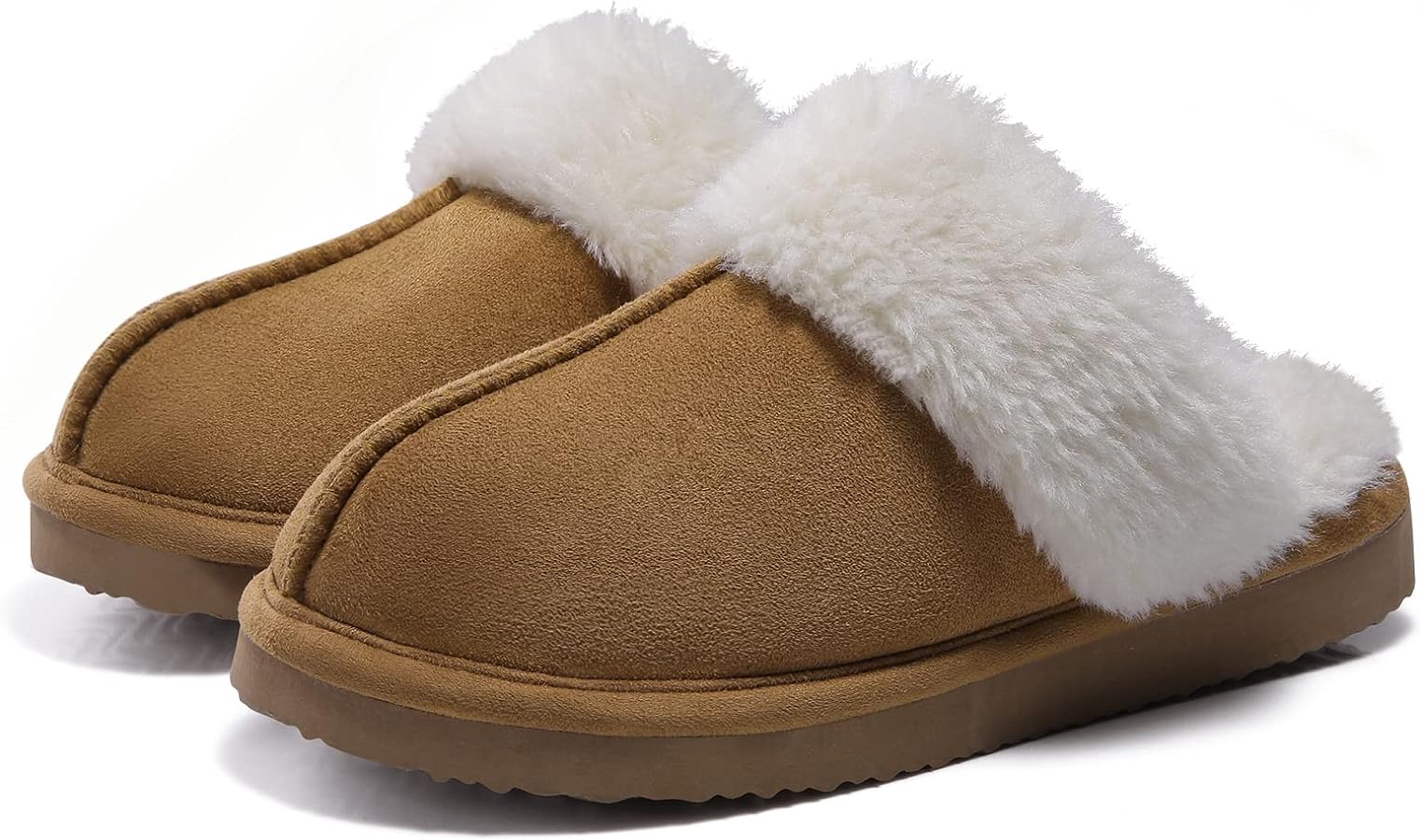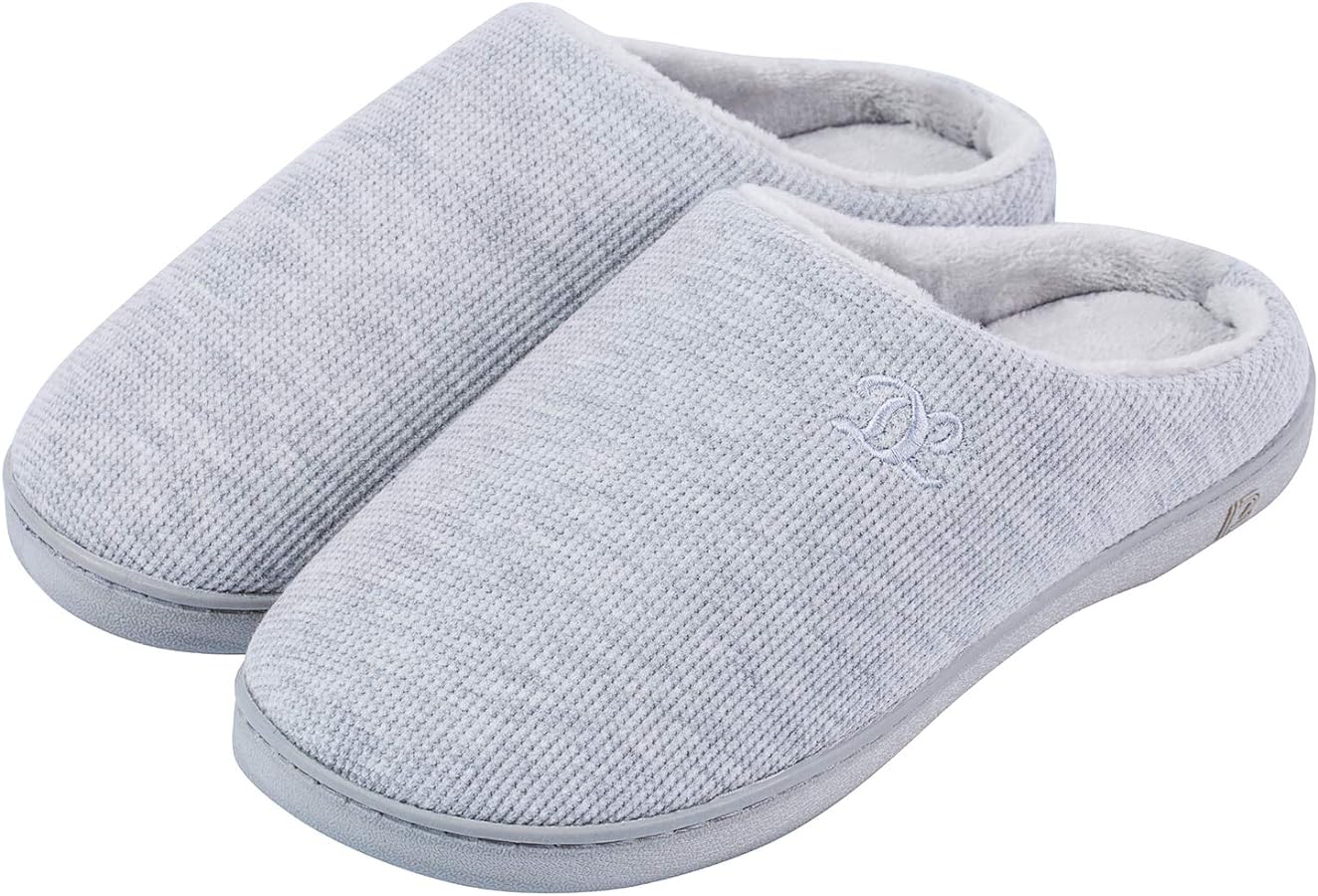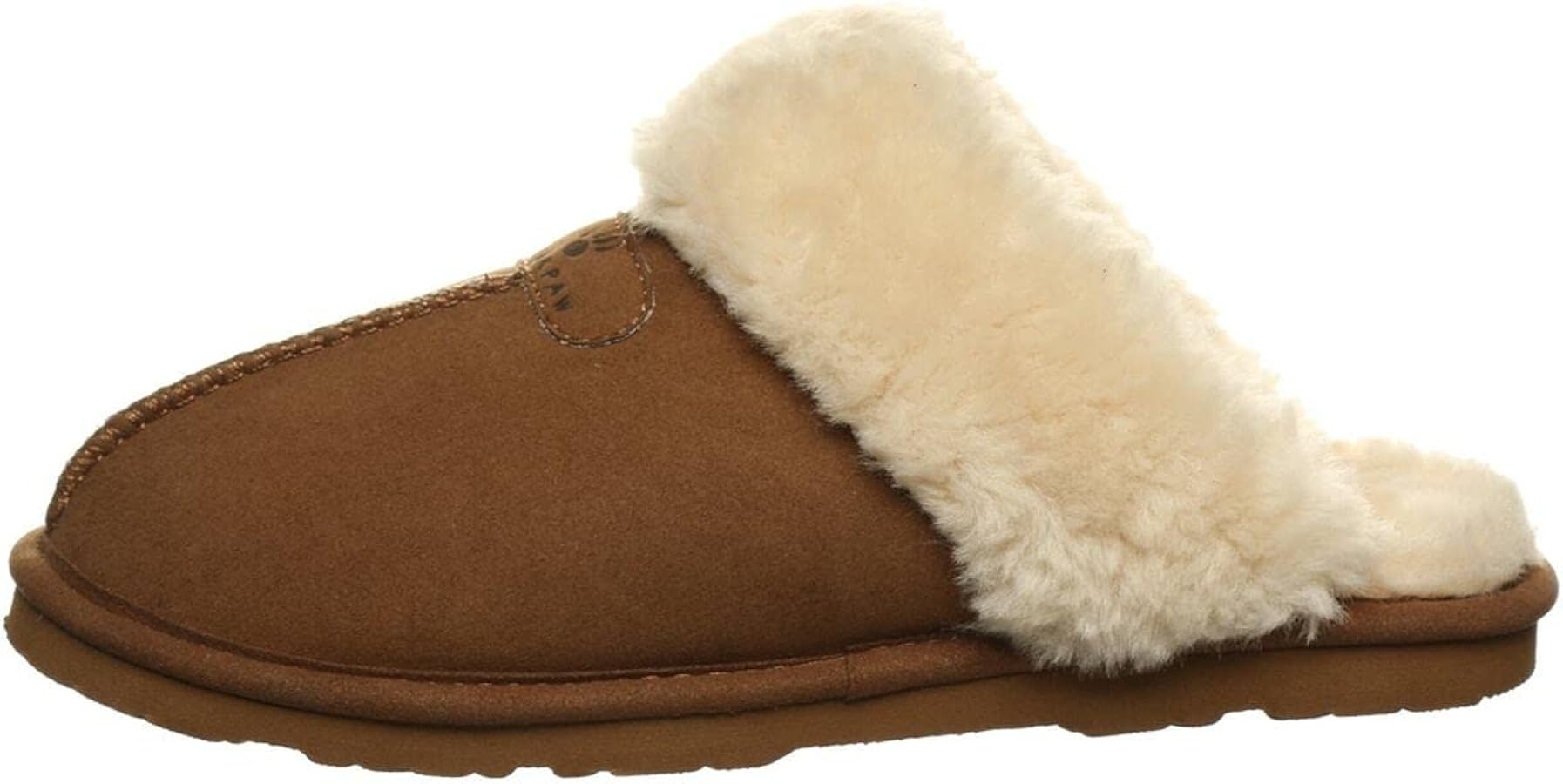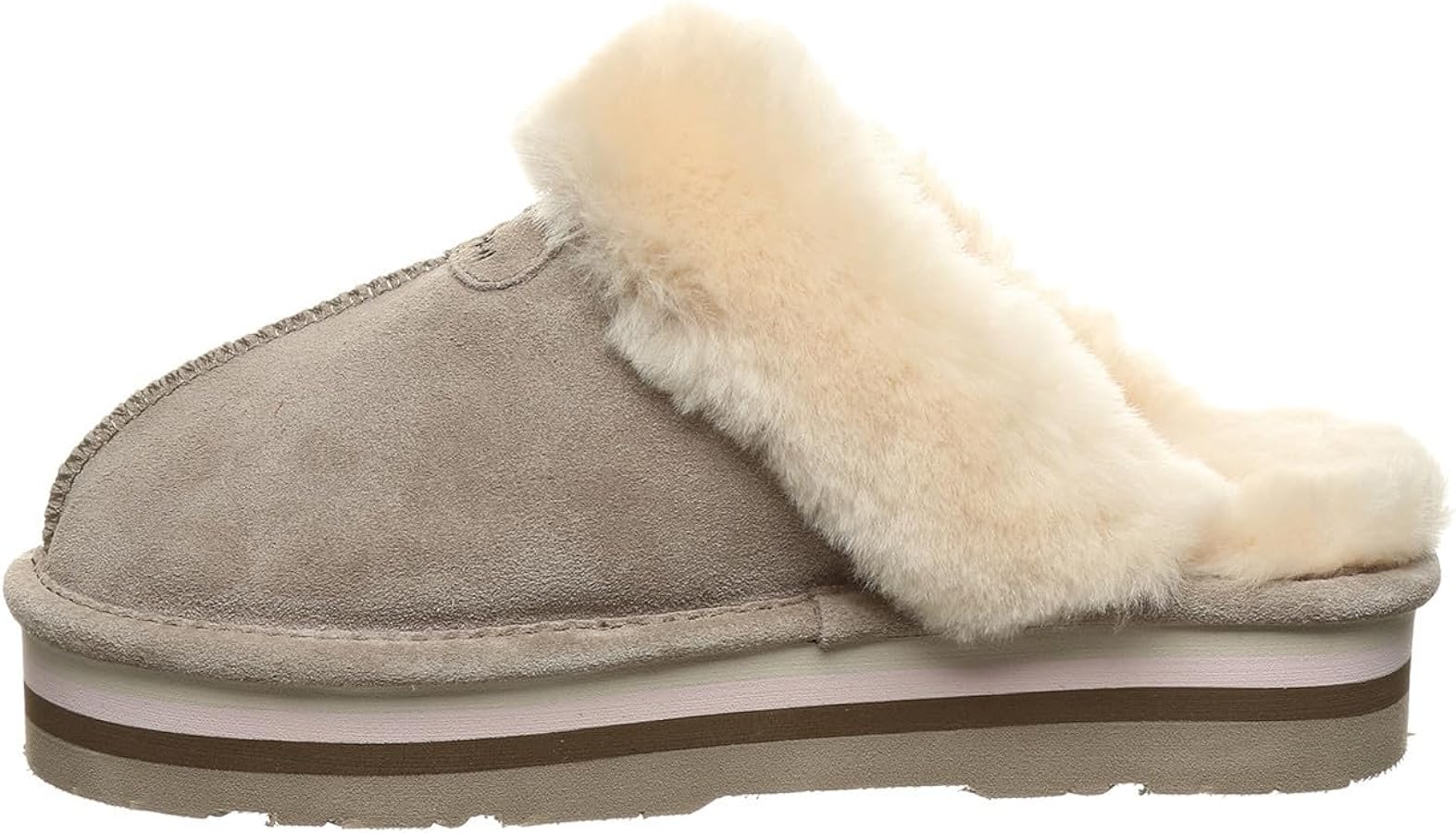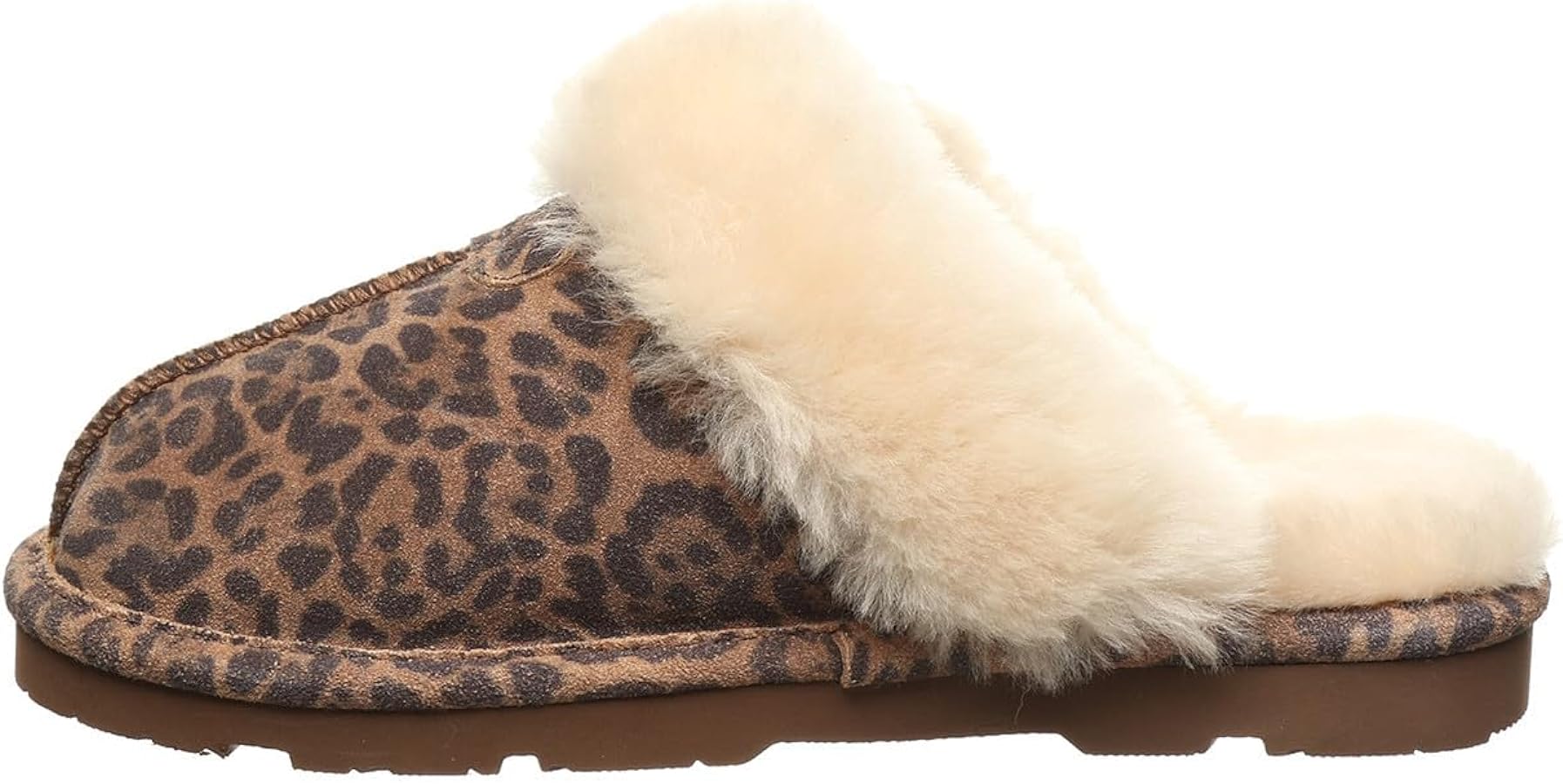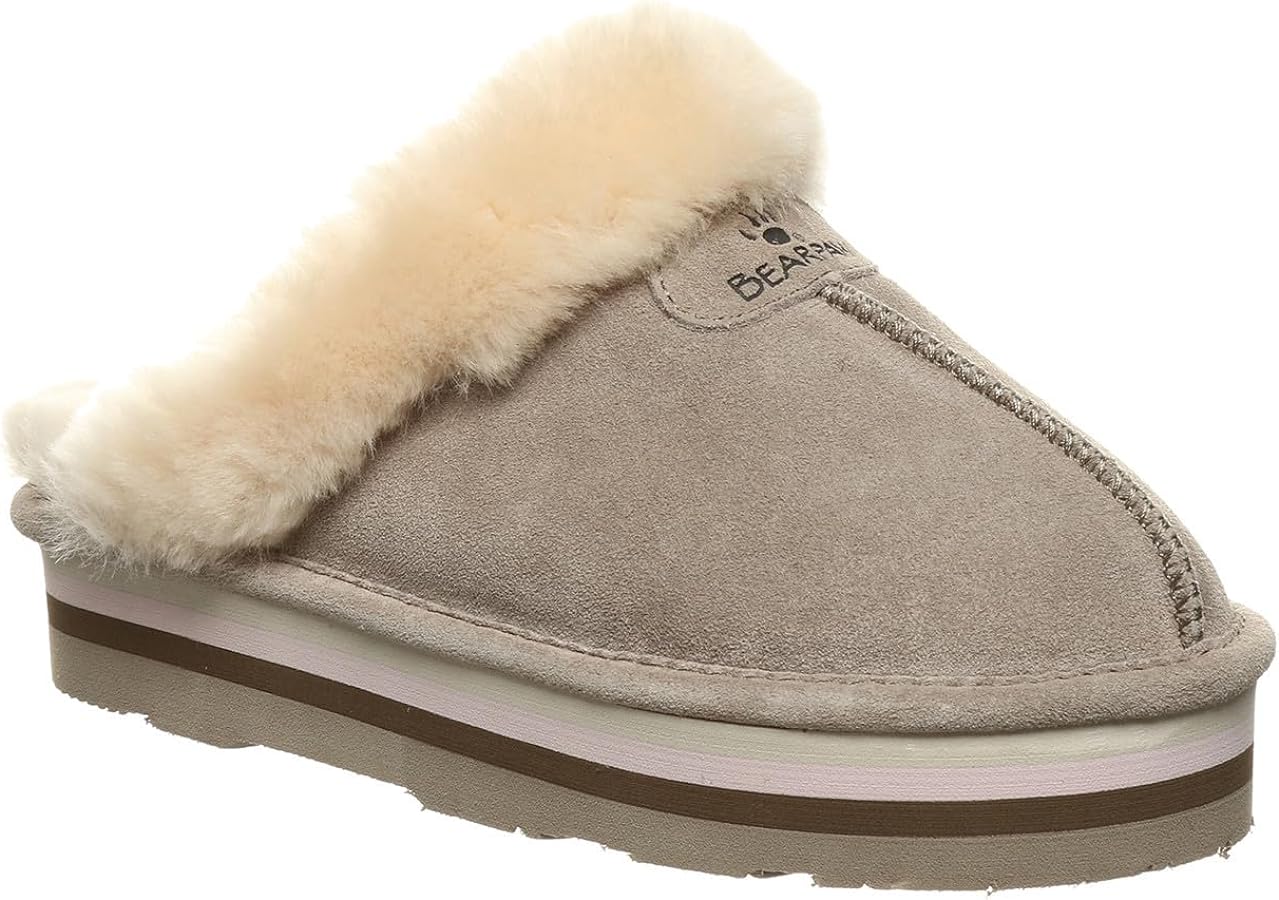Can you wash shearling slippers?
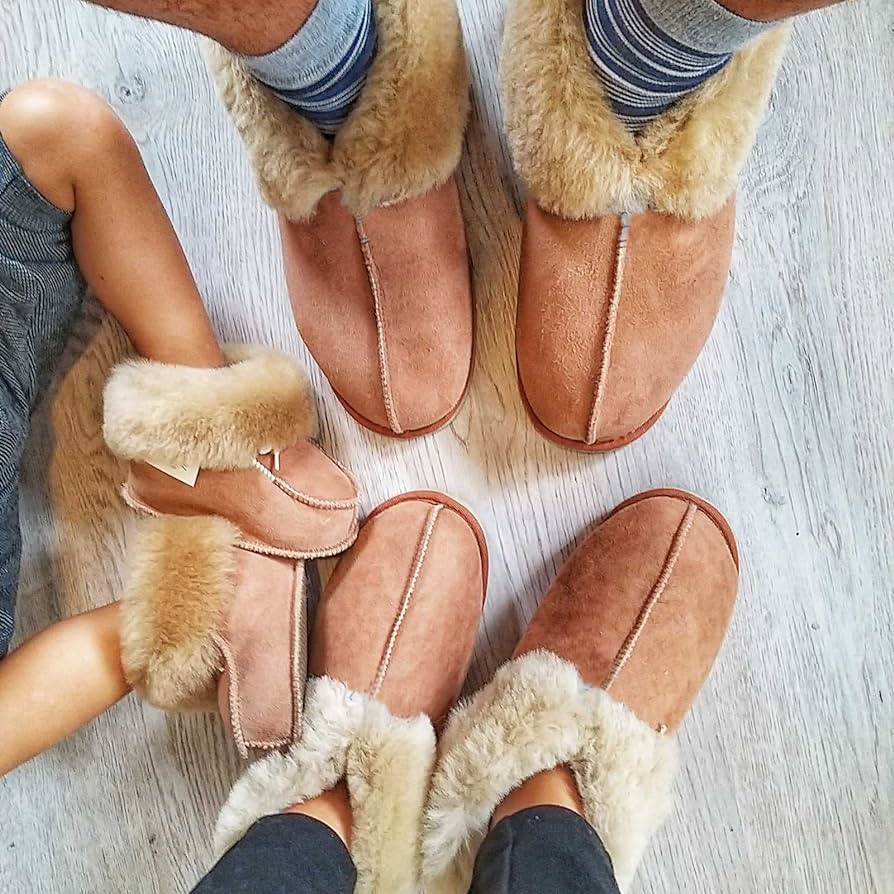
Introduction
Shearling slippers are cozy and luxurious footwear options that provide warmth and comfort. But as with any item used regularly, shearling slippers can accumulate dirt, sweat, or odors over time. If you’re wondering whether shearling slippers can be washed, the answer is yes, but with caution. Washing shearling slippers requires a delicate approach to preserve their softness and quality. In this guide, we will explore the proper methods for washing shearling slippers, offer insights on caring for shearling, and provide tips for maintaining their cleanliness and longevity.
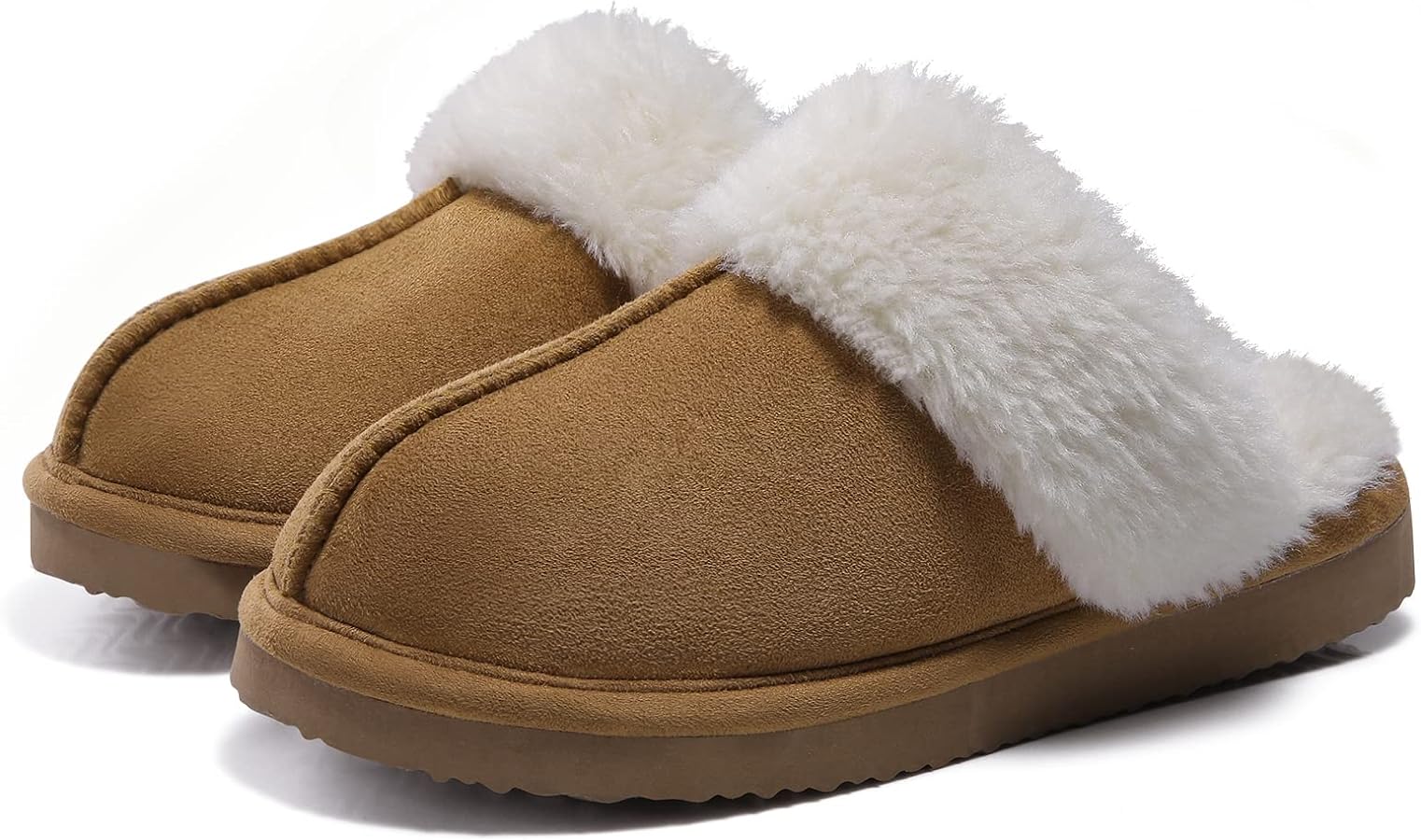
Can you wash shearling slippers?
I. Understanding Shearling
-
What is Shearling?
- Shearling is a type of sheepskin that has been tanned with the wool still attached, resulting in a soft and furry interior with a suede-like exterior. It is used in various products, including slippers, to provide natural insulation and comfort.
-
Properties of Shearling:
- Shearling is prized for its excellent insulation, breathability, moisture-wicking capabilities, and softness. The wool retains warmth while allowing the feet to breathe, making shearling slippers ideal for year-round use.
II. Assessing the Need for Washing
-
General Cleaning:
- Regular maintenance, such as brushing and airing out, often suffices to keep shearling slippers clean and fresh. Spot cleaning with a mild detergent can also help remove minor stains.
-
Washing Frequency:
- Determine whether your shearling slippers require washing by considering the amount of dirt, stains, or odors they have accumulated. If the slippers have extensive dirt or persistent odors, it may be time for a wash.

III. Hand-Washing Shearling Slippers
-
Materials Needed:
- Gathering the necessary materials beforehand ensures a smooth and effective hand wash. Prepare a mild detergent or sheepskin-specific cleaner, lukewarm water, a clean towel, and a soft-bristle brush.
-
Preparing the Slippers:
- Brush the slippers gently to remove any loose dirt or debris. This step helps prevent the spread of dirt during the washing process.
-
Creating a Cleaning Solution:
- Fill a basin or sink with lukewarm water and add a small amount of the mild detergent or sheepskin cleaner. Avoid using hot water or harsh chemicals, as they can damage the sheepskin.
-
Soaking and Washing:
- Submerge the slippers in the cleaning solution, ensuring they are fully saturated. Gently agitate the slippers with your hands, paying special attention to stained or soiled areas. Avoid over-agitation or rubbing forcefully to preserve the shearling’s integrity.
-
Rinsing:
- Thoroughly rinse the slippers with clean lukewarm water until all traces of detergent are removed. Ensure that no soapy residue remains, as this can cause undesirable effects on the sheepskin.
-
Removing Excess Water:
- Gently squeeze the slippers to remove excess water, taking care not to wring or twist them. Towel-dry the slippers by patting them with a clean, absorbent towel. Shape them back to their original form to retain their structure.
-
Drying the Slippers:
- Place the slippers in a well-ventilated area away from direct sunlight or heat sources. Allow them to air dry naturally, flipping them periodically to promote even drying. Avoid using a dryer or applying heat, as this can damage the shearling and lead to shrinkage.
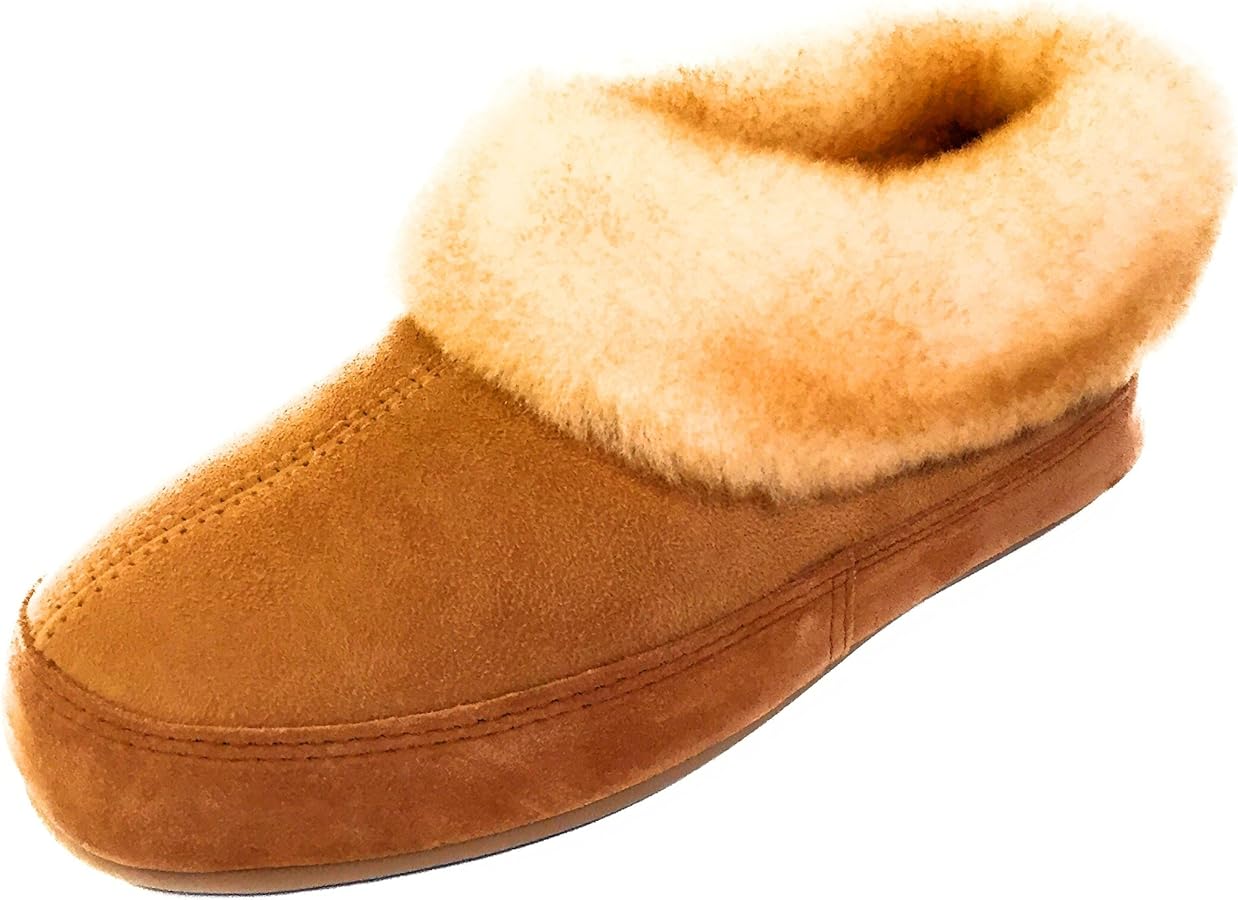
IV. Dealing with Stubborn Stains or Odors
-
Stain Removal:
- For persistent stains, apply a small amount of the sheepskin cleaner directly to the affected area. Gently work the cleaner into the stain with a soft-bristle brush. Rinse thoroughly and repeat the process if necessary.
-
Odor Control:
- To combat odors, sprinkle baking soda or talcum powder inside the slippers and let them sit overnight. The powders will help absorb and neutralize odors. Shake out any remaining powder before wearing the slippers.
V. Routine Maintenance and Upkeep
-
Brushing:
- Regularly brush the shearling with a soft-bristle brush to maintain its fluffy appearance and remove any surface debris. Brush lightly in the direction of the wool fibers to avoid damaging the shearling.
-
Airing and Odor Prevention:
- Allow your shearling slippers to air out after each use. Place them in a well-ventilated area to reduce moisture and prevent odors. Avoid storing them in enclosed spaces or plastic bags that can trap moisture.
-
Avoiding Water Exposure:
- Minimize water exposure to the shearling whenever possible. If wearing the slippers in wet conditions, consider using a water-resistant spray or treatment to help protect them from moisture.
-
Sheepskin-Specific Products:
- If desired, use sheepskin-specific sprays or conditioners to enhance the softness and condition of the shearling. Follow the instructions provided with the product and perform a patch test on a small, inconspicuous area before applying it to the entire slipper.
VI. Professional Cleaning Considerations
-
Sheepskin Cleaning Specialists:
- If you are uncomfortable hand-washing your shearling slippers or if the slippers require extensive cleaning, consider taking them to a professional sheepskin cleaning specialist. These professionals have the expertise and equipment to clean shearling products effectively.
-
Dry Cleaning:
- Dry cleaning is generally not suitable for shearling slippers, as the harsh chemicals and heat used in the process can damage the delicate sheepskin and compromise its quality.
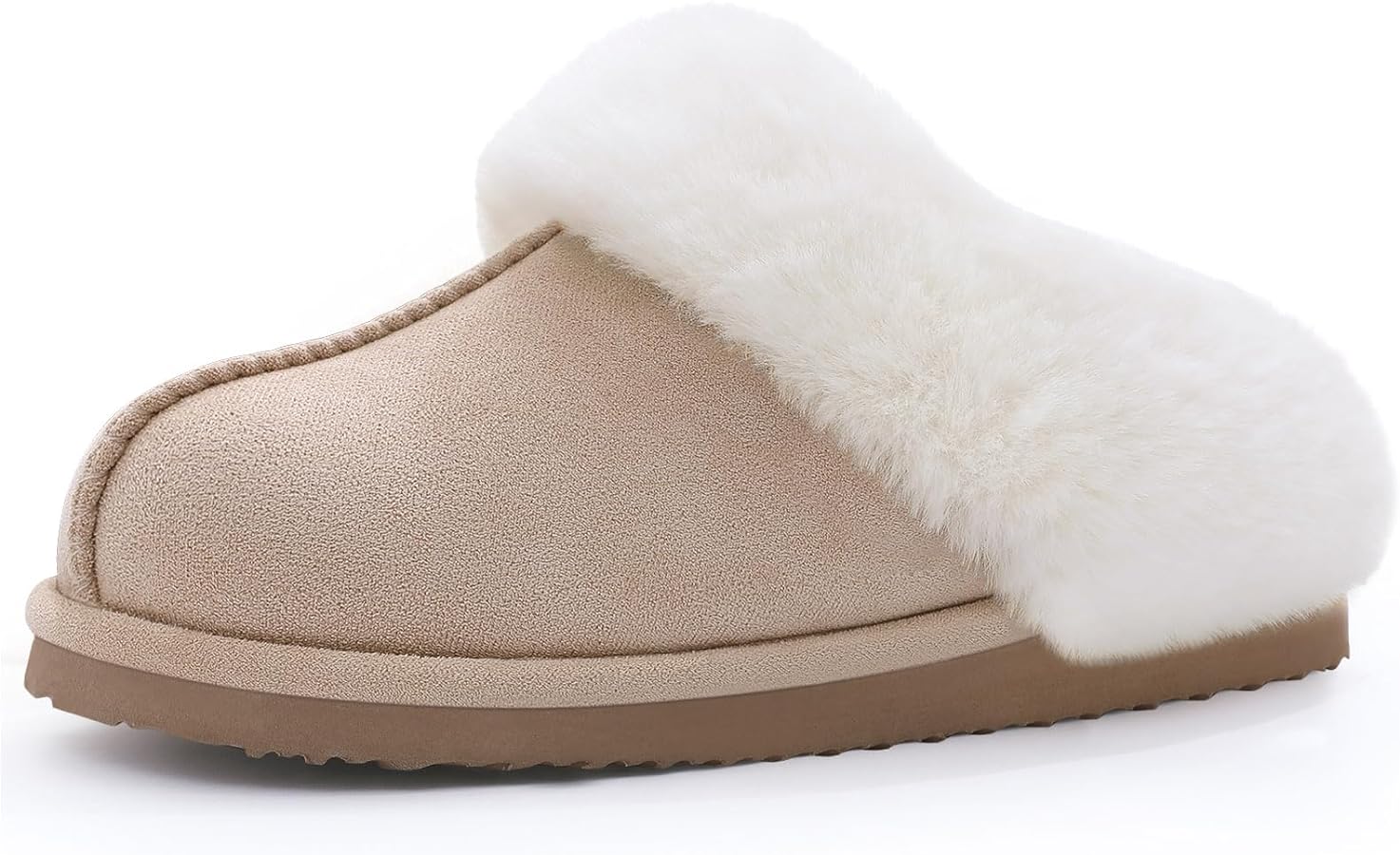
VIII. Alternative Cleaning Methods
-
Dry Cleaning Kits:
- If you prefer not to hand-wash your shearling slippers, you can explore dry cleaning kits specifically designed for sheepskin. These kits typically include a cleaning solution and a sheepskin brush. Follow the instructions provided with the kit for best results.
-
Spot Cleaning:
- For minor stains or spills, spot cleaning can be an effective method. Use a gentle detergent mixed with water and a clean cloth to gently dab the stained area. Avoid excessive rubbing or scrubbing, as this can damage the sheepskin.
-
Steam Cleaning:
- Another option for cleaning shearling slippers is steam cleaning. Use a handheld garment steamer or a steam cleaner on a low setting and gently pass it over the slippers to remove dirt and refresh the shearling. Be cautious not to saturate the sheepskin with steam.

VII. Conclusion: Proper Care for Shearling Slippers
Shearling slippers can be hand-washed to maintain their cleanliness and extend their lifespan. By following the appropriate cleaning steps, including gentle agitation, proper rinsing, and careful drying, you can remove dirt and odors without compromising the quality of the shearling.
Remember to maintain routine upkeep by regularly brushing the slippers, airing them out after each use, and avoiding excessive exposure to water. These practices will help prolong the softness and longevity of your shearling slippers. If in doubt, consult a professional sheepskin cleaner who can provide expert advice and assistance.
By taking proper care of your shearling slippers, you can continue to enjoy their luxurious comfort while ensuring that they remain clean, fresh, and in optimal condition.

